I used to think popping my morning Irbesartan and getting on with life was enough. If the doctor writes the prescription, you just follow, right? But turns out, medicine alone won’t fix blood pressure. What you do every single day—your breakfast picks, how often you’re off the couch, whether you’re glued to your phone at 2 a.m.—all of that shapes how well Irbesartan works in your body. Here’s the wild part: even the best meds can only do so much unless you back them up with some changes that, quite honestly, sound simple but can be mighty hard to stick with. And if you’re tired of vague advice, you’re in the right place. Let’s cut into what’s proven to help, what it actually looks like in real life, and how you can make it work without driving yourself nuts.
Food Choices That Give Irbesartan a Boost
Pretty much every doctor I’ve ever met says food matters for blood pressure. But “eat healthy” means nothing when you’re standing in a grocery aisle juggling labels and craving a salty snack. I always found the real trick is getting specific—what helps Irbesartan do its job, and what quietly gets in the way?
First, you want to think about salt, or sodium. If Irbesartan is the brake pedal on your blood pressure, salt is the lead foot. Keep it low. Most people eat double the recommended sodium each day, and sometimes it comes from the weirdest places: that “healthy” turkey sandwich, the canned soup you grab for lunch, even the bread. The American Heart Association recommends aiming for no more than 1,500 mg of sodium a day if you’ve got high blood pressure. Check out nutrition labels once or twice and you’ll spot the culprits.
Processed food is notorious here. Swap out potato chips for a handful of unsalted nuts; they’ve got magnesium and potassium, which help minimize sodium’s effect. A banana for dessert? Smart move. Add tomatoes, leafy greens, beans, and yogurt to your weekly menu—they’re loaded with potassium, which helps keep blood pressure in check and supports Irbesartan’s action. But don’t go wild with potassium supplements unless your doctor is on board. Too much can mess with your kidneys, especially if you’re already taking meds like Irbesartan.
Let’s talk about the Mediterranean diet. Studies comparing different styles of eating found that folks on the Mediterranean diet (think lots of veggies, fruit, fish instead of red meat, olive oil, whole grains) tend to have lower blood pressure readings—even more so when they stick with their medication. In one 2023 study, people on Irbesartan who followed a Mediterranean-style plan saw about a 7-point drop in systolic blood pressure versus those who didn’t pay so much attention to diet. That’s enough to shift you out of the danger zone.
Eat smaller portions but more often if you get hungry between meals. Stable blood sugar means less stress on your cardiovascular system, and you’re less likely to binge on junk food. Some people find meal planning helpful—batch-cook brown rice or roast multiple veggies at once, so you’ve always got something healthy ready to grab. My wife Eleanor loves making overnight oats with berries and walnuts; it’s filling and blows sugary cereal out of the water.
And don’t forget to hydrate. Water keeps your blood circulating smoothly and your kidneys happier. Those on Irbesartan need their kidneys in top shape, since this med does part of its work filtering stuff through them. If you’re not sure you’re drinking enough, check your urine: pale yellow is just right.
Avoid “hidden” pitfalls, too. Some herbal supplements—like licorice root, ginseng, or even some trendy energy drinks—can spike your blood pressure and clash with Irbesartan. Always check with your pharmacist if you’re tempted by the newest miracle tea.
The bottom line? Food is medicine, but it works best with a plan. Write down what you eat for three days and see where your biggest challenges are. Swap just one bad habit for a healthier one, and you’ll feel the ripple effects fast.

Physical Activity: Making Movement Matter for Hypertension
If the gym makes you cringe, don’t sweat it—no one’s saying you need to train for a marathon. But movement is a potent partner for Irbesartan, and you don’t want to ignore it. Exercise acts like a natural blood pressure lowering pill, helping every cell in your body use oxygen more efficiently. Studies show that just 30 minutes of moderate-intensity exercise (think brisk walking, bike riding, swimming) five days a week can shave up to 10 points off your blood pressure.
If you’re new to working out, don’t get hung up on flashy routines. Start small—maybe a 15-minute walk after dinner. It helps digestion and can turn into a daily habit, especially if you turn it into family time. That’s how Eleanor and I started. We looped around the neighborhood with our dog after supper. Wasn’t glamorous, but we stuck with it, and before we knew it, we were pushing the pace and feeling genuinely better.
Strength training’s often ignored, but let me tell you—it’s a win for blood pressure and for bones, especially as you age. Grab a couple of water bottles or light hand weights and do biceps curls or overhead lifts while watching TV. Even bodyweight exercises like wall push-ups or squats make a difference. Don’t rush out for complicated equipment; what matters is finding something you’ll do three times a week and sticking to it.
If you want to fine-tune results, try tracking your progress. Use a fitness watch, a pedometer, or even a sticky note on the fridge where you log your minutes. Some phones track steps already—you just have to pay attention to what the numbers mean to you, not anyone else. Set reasonable targets. If you average 3,000 steps a day, see if you can bump it up to 4,000 next week.
Often people worry that exercise will push their blood pressure too high. Actually, regular exercise lowers your readings in the long run. Still, if you ever feel dizzy, short of breath, or get chest pain—stop. Let your doctor know what happened before you try again. Safety first, always.
Try mixing things up to keep it fresh. Yoga and tai chi are excellent for people who want movement plus stress relief—these practices improve flexibility, core strength, and mental calm. Bonus: lower stress leads directly to lower blood pressure. If you work a desk job, stand up every hour, walk around, or do a few stretches at your desk. Even small pockets of activity add up.
Sometimes friends or family press you to skip your new habit—one game of backyard soccer can't possibly matter, right? But each move is a brick in the foundation. The key is consistency. Stack small wins and you’ll see your blood pressure readings improve, and your Irbesartan will thank you with better results.

Everyday Habits: Managing Stress, Sleep, and Medication Timing
This is the stuff no one warns you about at the pharmacy counter—things like how much stress quietly jacks up your numbers, or why a bad night’s sleep can undo your hard work. If you’re serious about making your Irbesartan treatment as effective as possible, pay close attention to all the little things beyond just pills and food.
Let’s start with stress. Your body can’t tell the difference between real danger and imagined threats. When an email from your boss triggers the same pulse-racing panic as a car cutting you off, your system goes into overdrive. Stress hormones, like adrenaline and cortisol, squeeze your blood vessels, making your heart work harder and raising your blood pressure. Do this too often, and it starts to cancel out Irbesartan’s benefits.
So what works? Mindfulness and breathing exercises, for starters. One controlled trial found that people who practiced deep slow breathing for just ten minutes a day saw their blood pressure drop by an average of five points after two months. Try it the next time you’re feeling tense—inhale for four counts, hold for four, and exhale for six. Apps can help guide you, but even counting in your head works. Other people swear by keeping a gratitude journal or listening to calming music. Try a few things and stick with what gives you that light feeling in your chest.
Good sleep is criminally underrated. Adults need at least seven solid hours a night, but if you’re like me, it’s easy to let screens eat away your bedtime. Poor sleep messes with hormone levels and blood pressure regulation. Try a wind-down ritual thirty minutes before lights out: dim the lights, skip caffeine after lunch, put your phone on a charger across the room. Some people even use a sound machine or earplugs to block noise. If you snore heavily or feel wiped out during the day, get checked for sleep apnea—it can make blood pressure control twice as hard, and Irbesartan can only do so much if you’re running on fumes.
Sticking to a regular medication schedule matters more than you might think. Taking Irbesartan at the same time every day—morning with breakfast works for lots of people—helps keep steady levels of the drug in your system. Set a phone alarm or ask a family member to nudge you if you always forget. Missing doses or taking them too close together creates peaks and valleys in blood pressure, which isn’t good for your heart or kidneys.
Watch out for alcohol and tobacco. A small glass of wine now and then might fly, but regular heavy drinking will spike your blood pressure and force your body to work harder against the medication. Smoking, even the “social” kind, messes with your blood vessels and makes Irbesartan less effective. If quitting is on your radar, talk to your doctor—the benefits stack up almost immediately for your heart.
Your support network makes a big difference, too. Having someone to check in on your progress or join you for a walk doubles the chance you’ll keep up the habits. Eleanor and I made a bet that whoever skipped a walk first owed the other dinner—sounds silly, but it helped us push through days we wanted to go straight to bed. You might not need a gamified approach, but you do need accountability. Let the people around you know what you’re aiming for; you’ll be surprised how people show up to help.
Keep track of your results. Home blood pressure monitors are pretty affordable these days and super easy to use. Measure at the same time each day and jot it down—on old-school paper or with a smartphone app. Over time, you’ll see patterns you can actually act on: maybe you need to adjust your evening routine, or maybe that new recipe with less salt is making a difference. Bring logs to your doctor appointments—the more info they have, the better they can guide your Irbesartan treatment.
It’s tempting to throw everything at the wall, but habits stick better when you choose one thing to work on at a time. Maybe start with sodium, then build in a daily walk, then tackle sleep. It’s less glamorous than a magic fix, but it works—and the science is clear. Meds like Irbesartan are only as powerful as the life you build around them. Small, steady steps: that’s the name of the game.


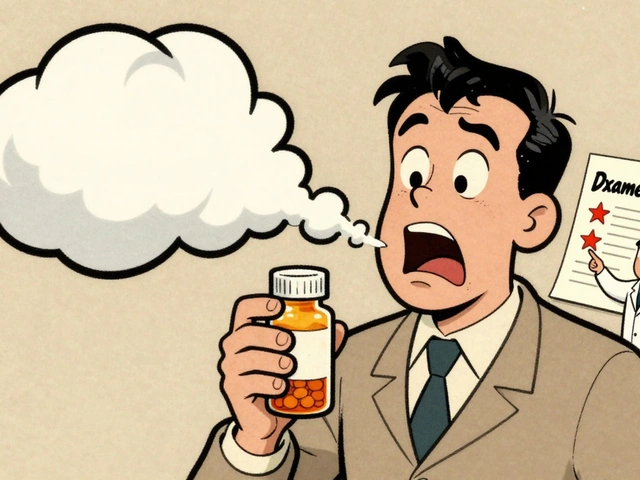
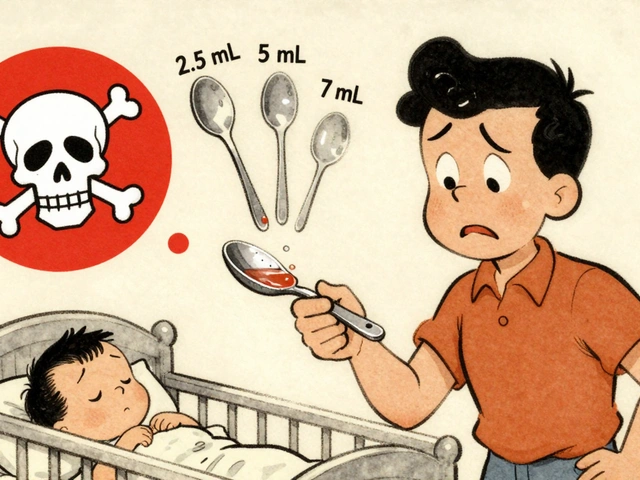
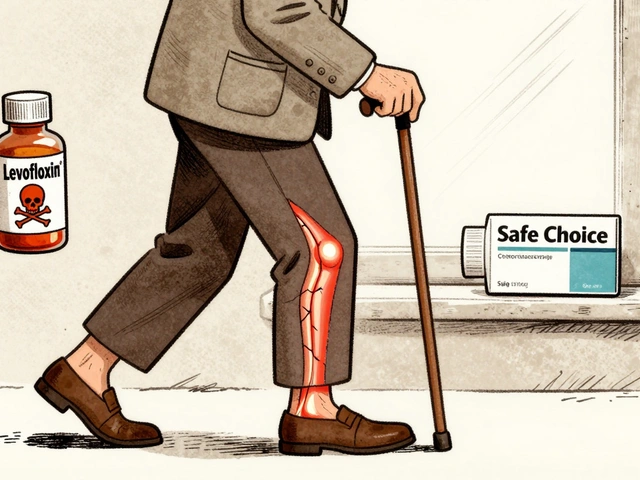
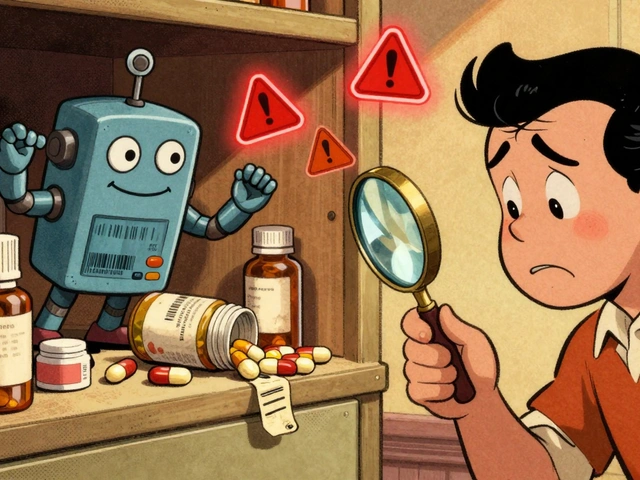
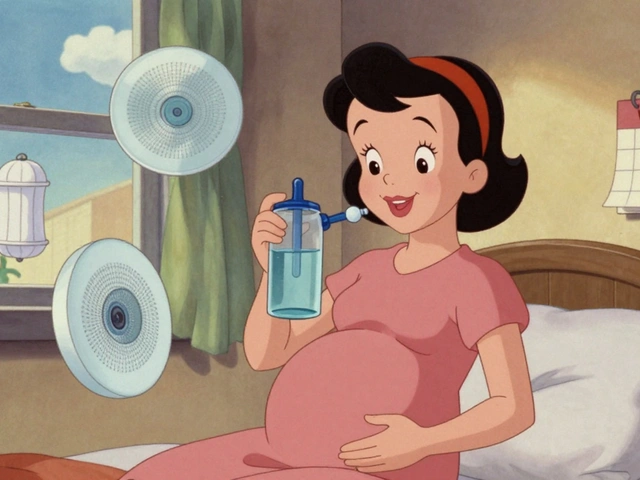
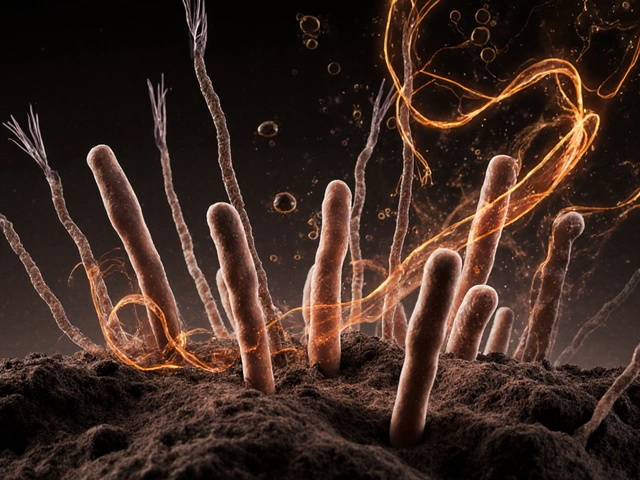
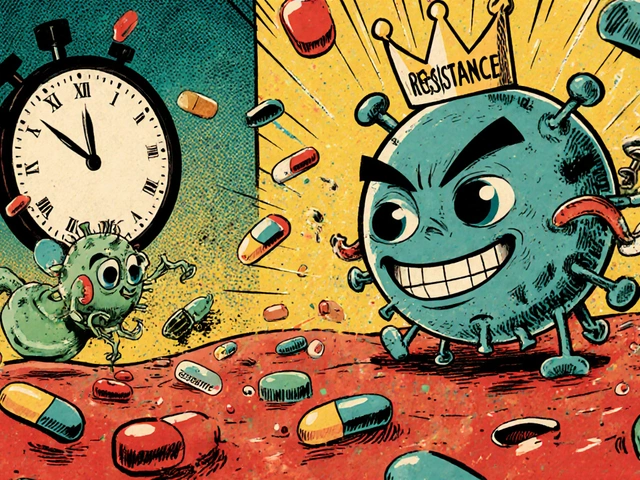

Yo, if you wanna give Irbesartan a power‑up, pile on potassium‑rich goodies like bananas and avocados – they’re like the secret side‑kick to that med!
Swap out salty chips for a handful of unsalted nuts and you’ll feel the difference in your blood pressure numbers.
Just remember to keep the sodium in check – the less salt, the smoother the ride.
Trust me, your heart will thank you, and you’ll stay pumped without the dreaded “couch‑potato” vibe.
Pairing Irbesartan with a consistent meal schedule can seriously amplify its effect – think of your body as a well‑tuned orchestra, and breakfast is the conductor.
When you take your pill with a balanced breakfast that includes whole grains and a splash of olive oil, absorption steadies and blood pressure drops more predictably.
Don’t forget to stay hydrated; water acts like the oil that keeps the gears shifting smoothly.
Bottom line: timing, nutrition, and hydration are the triple‑threat combo that makes your prescription sing.
The interplay between pharmacologic intervention and quotidian habitus constitutes a nuanced tapestry wherein the physiological substratum is inexorably sculpted by our daily micro‑choices, a reality that reverberates profoundly within the domain of antihypertensive stewardship.
When one contemplates Irbesartan not merely as a solitary biochemical agent but as an integral node within a broader ecological network of lifestyle determinants, the imperative for deliberate modulation of diet, exertion, and psychosocial equilibrium becomes unmistakably evident.
Consider, for instance, the silent tyranny of sodium that pervades processed sustenance, insidiously elevating vascular resistance and thereby attenuating the therapeutic ceiling of the angiotensin‑II receptor blockade.
Conversely, the benignant influx of potassium‑laden edibles-such as verdant leafy greens, succulent tomatoes, and creamy yogurt-serves to antagonize sodium’s deleterious influence, fostering natriuresis and vasodilation in a synergistic dance with Irbesartan.
Yet, the dietary canvas is merely one facet; the kinetic dimension of regular aerobic activity precipitates an upregulation of endothelial nitric oxide synthase, engendering vasodilatory cascades that complement the drug’s hemodynamic attenuation.
Empirical data from longitudinal cohort analyses underscore that a modest regimen of 30 minutes of brisk ambulation, executed five times weekly, can truncate systolic pressure by an average of eight to ten millimetres of mercury, thereby synergizing with pharmacotherapy.
Moreover, resistance training incurs musculoskeletal fortification, attenuating arterial stiffness-an ancillary conduit through which blood pressure control is potentiated.
The circadian architecture of sleep further intertwines with these mechanisms; fragmented or insufficient nocturnal repose precipitates sympathetic overactivity, which can subvert the antihypertensive gains achieved through medication and lifestyle alike.
Thus, instituting a disciplined sleep hygiene protocol-dim lighting, electronic curtailment, and consistent sleep‑wake timing-constitutes an indispensable pillar of comprehensive blood pressure management.
Equally paramount is the psychological buffer against chronic stress, wherein mindfulness practices and controlled breathing attenuate cortisol surges, obviating vasoconstrictive sequelae that would otherwise counteract Irbesartan’s efficacy.
In synthesis, the convergence of reduced sodium intake, augmented potassium consumption, calibrated aerobic and resistance exercise, restorative sleep, and stress mitigation manifests as a multifactorial scaffold that buttresses the pharmacological foundation.
To neglect any singular component is to compromise the integrity of the whole, akin to constructing a edifice upon an uneven substrate.
Patients who systematically log their dietary intake, activity metrics, and blood pressure readings empower clinicians with granular data, facilitating iterative refinement of therapeutic regimens.
Such meticulous self‑monitoring engenders a feedback loop wherein adherence begets measurable improvement, thereby reinforcing behavioral compliance.
Ultimately, the stewardship of hypertension transcends the simplistic notion of pill ingestion, demanding a holistic, patient‑centered paradigm that honors the symbiosis of medicine and lifestyle.
Embracing this comprehensive approach not only optimizes Irbesartan’s pharmacodynamics but also cultivates enduring cardiovascular resilience.
Hey folks, tracking your daily steps can be a game‑changer – grab a phone app or a cheap pedometer and jot down the numbers each evening.
If you aim for a modest 4,000 steps today and bump it up by 500 tomorrow, that incremental climb builds habit without feeling like a punishment.
Remember, consistency beats intensity when you’re just getting started, so keep the vibe chill and celebrate every little win.
It’s morally reprehensible to let casual drinking become a daily crutch; alcohol sneaks in extra calories and elevates blood pressure while you think you’re just “relaxing.”
Choose a sparkling water or herbal tea as your evening companion, and you’ll spare your heart the needless assault.
Stick to a routine for taking your Irbesartan – same time, same meal – it keeps blood levels steady.
Stop making excuses and get moving, India needs healthy citizens!
Totally get the step‑tracking struggle – I started with a simple hallway lap and soon it felt natural.
Mixing a favorite podcast into your walk turns it into “me‑time” rather than a chore, and the blood pressure benefits follow right along.
Loving the breakfast tip! I added a slice of whole‑grain toast with avocado and felt my morning BP dip already.
Stay consistent and you’ll see those numbers keep falling.
Incorporating deep‑breathing exercises before bedtime can significantly diminish nocturnal sympathetic activity, thereby promoting a lower resting blood pressure. 😊
Even a brief five‑minute session of inhaling for four counts, holding for seven, and exhaling for eight can yield measurable improvements over weeks.
Yo, those potassium hacks are pure gold – I tossed in a banana with my oatmeal and felt the energy boost right away!
Leave the salty junk behind and watch your numbers slide like a smooth jazz solo.
Simple changes, like drinking water instead of soda, can quietly lower your sodium load and help your kidneys work better with Irbesartan.
Try carrying a reusable bottle; each sip is a step toward steadier blood pressure.
Adding a dash of Mediterranean spices – think oregano, basil, and garlic – can liven up meals without extra salt, and those herbs have been shown to support vascular health.
From a pharmacokinetic perspective, aligning Irbesartan administration with peak postprandial intestinal absorption maximizes bioavailability, thereby optimizing angiotensin‑II receptor antagonism.
While one might be tempted to overcomplicate, the essence remains: consistent dosing, reduced sodium, and regular movement constitute the triad of effective hypertension control.
Agreed, setting an alarm on your phone works wonders – I named mine “BP Buddy” and it nudges me right before breakfast.
Sticking to that cue has kept my readings steady for months.
Wow, that massive essay really hits the nail on the head about how everything is connected, but let me add that many folks actually skip the easy stuff like replacing that extra pinch of salt in their soup.
The reality is that small swaps – like using low‑sodium broth or rinsing canned beans – are often ignored but they stack up big time.
Also, people tend to overlook the power of a simple nightly walk; even fifteen minutes can cut stress hormones and boost the med's effect.
Don't forget to check your blood pressure at the same time each day, because variable timing can mess up your data like crazy.
And yeah, staying hydrated is crucial – the kidneys need water to flush out excess sodium, especially when you're on Irbesartan.
Bottom line: consistency, patience, and a little bit of common sense go a long way.
Keep a quick journal of meals and workouts – a few bullet points each day are enough to spot patterns and help your doctor fine‑tune the Irbesartan dose.